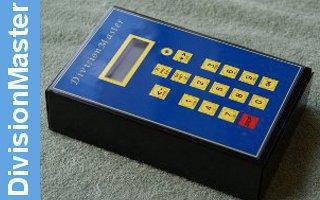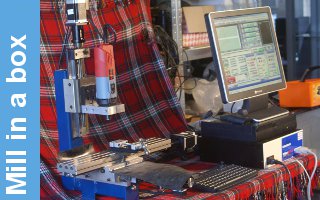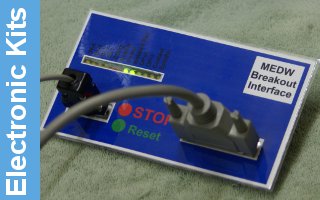HRP Chimney Base
In the case of the chimney base, use a four jaw chuck, holding on the bottom flanges and carefully centralising the whole of the casting, checking for truth at the front, the back, and both sides of the base flange (see Drg. 9); once satisfied that the casting is held as central as possible, carry out the machining on the round flange and bore if required. This flange will then give a true location on which to hold whilst the machining of the base curve is carried out. It follows that if the machining is central with the flange, the casting will blend in to the best advantage. (This applies equally well to the straight chimney base, as on the Burrell and Fowler, as to the angled face found on the chimney base of the Wallis & Steevens 'Simplicity' roller.)
The chimney base ring for both the Burrell and the Simplicity roller generally only need machining in the bore, also the underside should be faced and the edge cleaned to size, leaving the outer contour ascast, similar to the original. The Fowler chimney base ring is best made as a fabrication, since it is rather an elaborate design, and a cleaner finish is produced by this method.
Chimney stacks are often difficult to produce without the necessary rolls, and therefore it is far better to have your stack rolled for you. Often when produced without the correct equipment, a series of flats occur.
The very noticeable chimney cowl of the Fowler is turned and polished irom the brass casting or blank. The general shape, i.e.: the straightforward turning of this cowl, can be carried out in the normal way, whereas to obtain the flared contours a hand turning tool may be employed, in conjunction with a rest from the tool post. (A hand turning tool can be made by grinding up an old file; be sure to use this with a handle and work with the rest close to the work for safety reasons.) See drawing 11.
The Burrell traction engines and the Simplicity roller had copper chimney cowls in the originals, and this important feature must be maintained. The Burrell chimney cowl may be produced by one of two methods, firstly to turn up an iron casting and highly polish and copper plate it; this of course can be done by any electro-plating firm. The other method is to completely machine the cowl and then to spin a copper disc over it. The turning of the cowl may be carried out by hand-turning (as Fowler) using a low speed, i.e.: back gear and again keeping the rest close to the work for safety. Spinning might appear a highly skilled job; however, the cowl can be produced comparatively easily, as follows:-Having first completely machined the cowl casting, hold this on the inside in a three jaw chuck, with the bottom of the cowl facing outwards; then take a disc of annealed copper and place this centrally over the end of the cowl. It should be held in place by a pad of suitable size so as not to obstruct the spinning tool. (This pad may be any suitable object, such as a change gear.) Then if a piece of brass or bronze is placed against this gear, the tailstock centre may be used to apply pressure; it will be found that this is all that is necessary to hold the disc during spinning operations. The spinning of the copper should commence from the centre, working towards the outside, since this will prevent the edge crinkling. It may take 6-8 annealings before the disc can be spun right up over the cowl. The procedure is to spin or form the disc part way at each stage, starting at the centre and working to the outside until the copper has hardened, then to release the tailstock, and anneal the disc, afterwards replacing and holding again with the tailstock centre before proceeding with further spinning. (See drawing No. 12.) When the highest point of the cowl has been reached, the disc should be turned over, and the surplus machined off after reversal of the cowl in the chuck jaws. To do this it will be necessary to machine away the copper covering the bore, so that it will be just flush with this bore. The final operation is to spin the copper down flat against the top face thus locking the disc tightly and permanently in place on the cowl casting. During this operation, grease should be used to lubricate the disc. Finally polish out all marks with emery cloth, and finish off by producing a high polish using a canvas mop. A quick way of obtaining a very smooth finish after forming the cowl is to use a small electric hand drill fitted with a fine sanding disc, and to polish the cowl while it is spinning in the lathe. However, precautions are necessary to protect the lathe bed if using this method, and I strongly recommend covering the ways with cloth so as to prevent any grinding dust getting on to them, but making sure at the same time that there is no danger of the cloth catching up in the lead screw. The method described above would not be used by professional spinners, who have fast, high powered machines, and who use forming tools with rollers incorporated, however the methods described are practical for this application, and will produce first class results. Details of the simple spinning tool to be held in the tool-post of your lathe are fully illustrated in the drawing No. 12.
Simplicity roller chimney cowl: - This may be machined up, polished and copper plated for ease of building.
The final fitting of chimney cowls and chimney base rings to the stack is generally by countersunk rivets through the side walls of the base rings, and through the parallel collar found at the top of the cowl castings.










